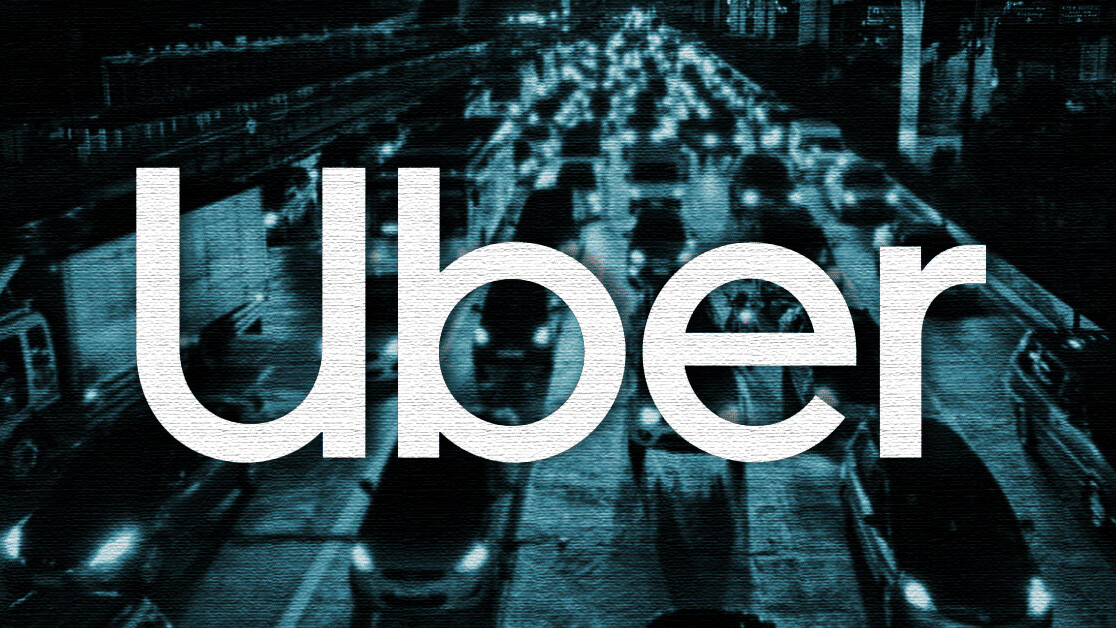All Articles for
Living Wage
In public policy, a living wage is the minimum income necessary for a worker to meet their needs that are considered to be basic. This is not necessarily the same as subsistence, which refers to a biological minimum, though the two terms are commonly confused. These needs include shelter (housing) and other incidentals such as clothing and nutrition. In some nations such as the United Kingdom and Switzerland, this standard generally means that a person working forty hours a week, with no additional income, should be able to afford the basics for quality of life, food, utilities, transport, health care, and minimal recreation, one course a year to upgrade their education and childcare. However, in many cases education, saving for retirement, and less commonly legal fees and insurance, or taking care of a sick or elderly family member are not included. It also does not allow for debt repayment of any kind. In addition to this definition, living wage activists further define a living wage as the wage equivalent to the poverty line for a family of four. This is two adults working full-time with one child age 9 and another of age 4. The living wage differs from the minimum wage in that the latter is set by law and can fail to meet the requirements to have a basic quality of life and leaves the family to rely on government programs for additional income. It differs somewhat from basic needs in that the basic needs model usually measures a minimum level of consumption, without regard for the source of the income. A living wage is defined as the wage that can meet the basic needs to maintain a safe, decent standard of living within the community. The particular amount that must be earned per hour to meet these needs varies depending on location. In the 1990s the first living wage campaigns were launched by community initiatives in the US addressing increasing poverty faced by workers and their families. They argued that employee, employer, and the community win with a living wage. Employees would be more willing to work, helping the employer reduce worker turnover, and it would help the community when the citizens have enough to have a decent life. The Poverty threshold is the income necessary for a household to be able to consume a low cost, nutritious diet and purchase non-food necessities in a given country. Poverty lines and living wages are measured differently. Poverty lines are measured by household units and living wage is based on individual workers. A related concept is that of a family wage – one sufficient to not only support oneself, but also to raise a family.
